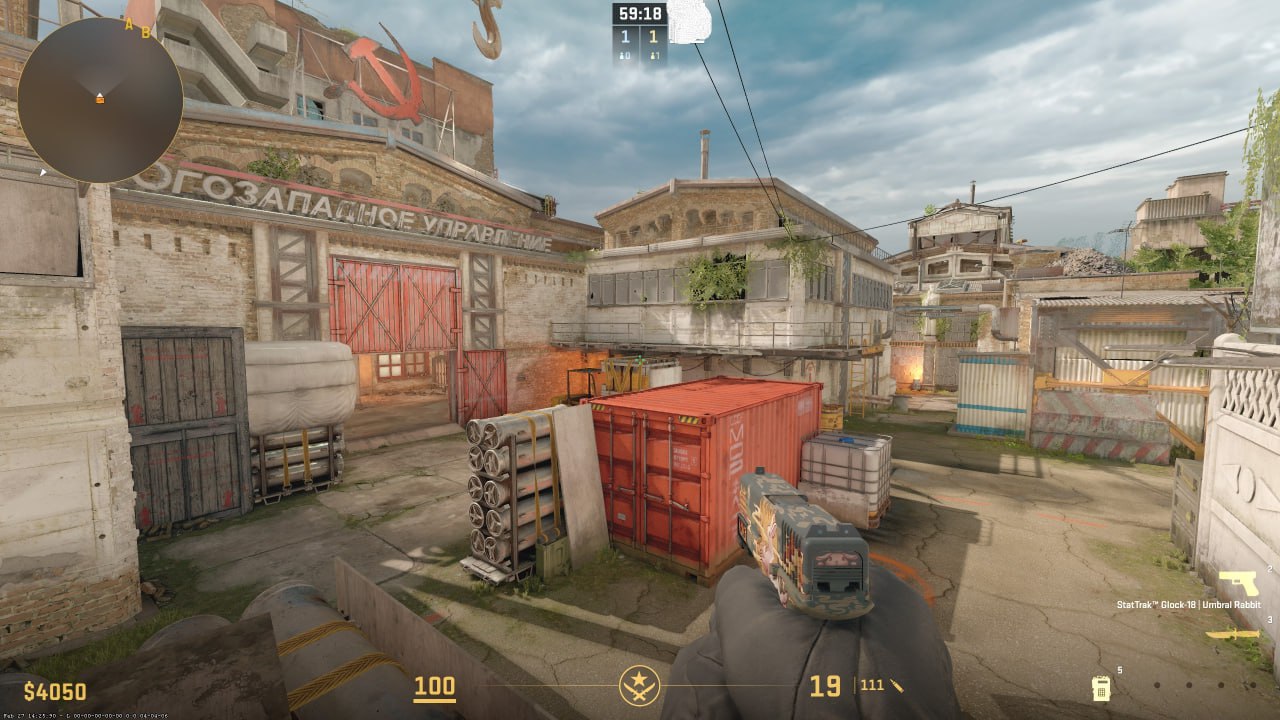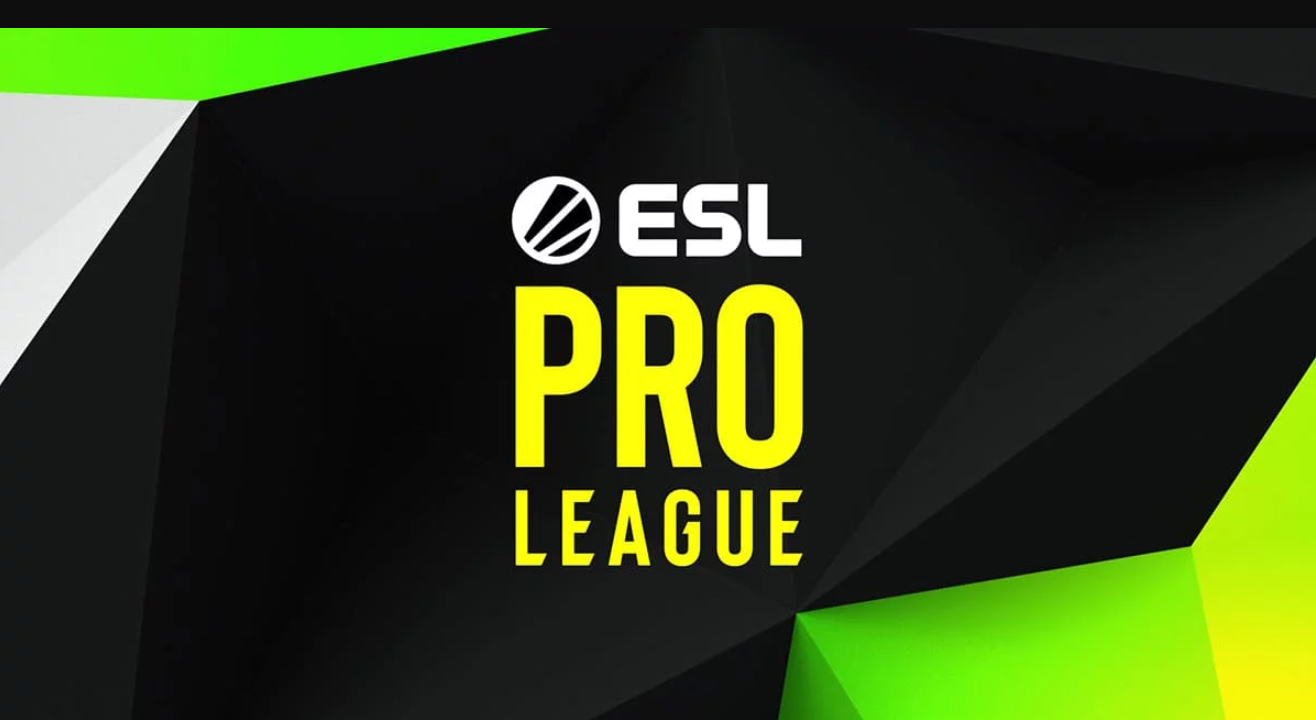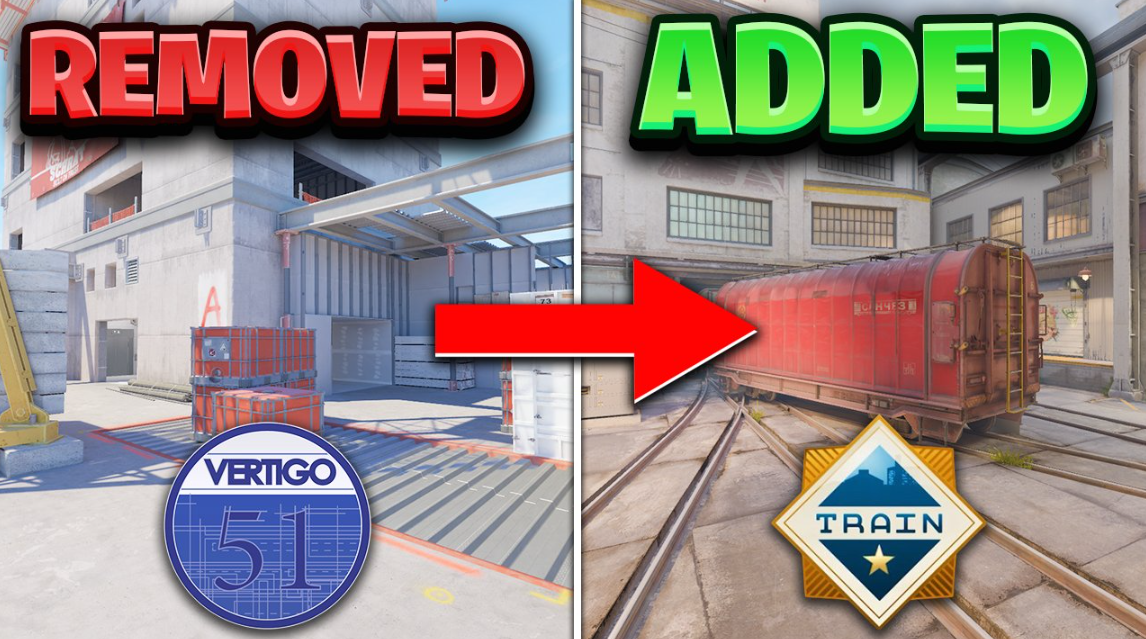The innovator turns a New York alley into a CS2 battleground with his unique maps

In the realm of Counter-Strike 2, a convergence of the virtual and the real took place in an extraordinary fashion, courtesy of Lillykyu, an exceptionally gifted map creator. Harnessing the immense capabilities of the Source 2 engine, Lillykyu achieved an astonishing outcome: she seamlessly transposed a meticulously detailed 3D scan of Freeman Alley, a prominent thoroughfare nestled within the bustling core of New York City, into the exhilarating realm of CS2. This groundbreaking endeavor not only unleashed a visually stunning battleground, but also ignited the imaginations of players worldwide, who now find themselves immersed in a dynamic fusion of reality and virtuality. As they navigate the intricately recreated urban landscape, the lines between the authentic and the simulated blur, unveiling a new dimension of excitement and immersion for Counter-Strike enthusiasts. This groundbreaking initiative by Lillykyu has left an indelible mark on the gaming landscape, redefining the boundaries of what is possible within the realm of competitive gaming and further solidifying Counter-Strike’s position as a pioneering force within the industry.
Table of Contents
Revolutionizing CS2: Bringing Real-World Streets to the Virtual Battleground
This extraordinary endeavor embarked upon by Lillykyu, the talented map creator, begins with a captivating process that seems straight out of a cyberpunk realm. It all starts with a meticulous and detailed 3D scanning of a real-life street, capturing every nook and cranny with precision. Lillykyu then takes on the arduous task of transforming the scanned data into a fully functional and immersive map within the CS2 game environment. The transformation of the real-world street into a virtual battleground requires a delicate balance of artistry and technical expertise. Lillykyu meticulously recreates the textures, architecture, and ambiance of the original location, ensuring a sense of realism and continuity. With the Source 2 engine’s remarkable flexibility and capabilities, Lillykyu can seamlessly integrate the transformed 3D model into the digital landscape of CS2, blurring the boundaries between reality and the virtual world.
The complexity of this process is a testament to the ingenuity and skill of Lillykyu as a map creator. The ability to bring a real-world location to life within the virtual realm requires an acute understanding of both the physical and digital spaces. In the hands of a visionary like Lillykyu, the Source 2 engine becomes a powerful tool for pushing the boundaries of creativity and immersion in gaming. The impact of Lillykyu’s innovative approach extends far beyond the realm of CS2. It serves as a testament to the ever-evolving nature of game design and the limitless possibilities that lie ahead. By seamlessly blending the tangible and the virtual, Lillykyu has created an experience that captivates players and leaves them in awe of the boundless potential of the gaming world.
Blurring the Boundaries: Real-World Integration in Gaming Spaces
The integration of real-world environments into gaming spaces is not merely about visual aesthetics. It goes beyond surface-level enhancements and strives to create a truly immersive experience for players. By seamlessly merging the virtual and the tangible, this integration eliminates the gap between reality and virtuality, offering gamers the opportunity to engage in thrilling combat strategies on streets they could very well navigate in real life. It brings a sense of familiarity and authenticity to the gaming world, blurring the boundaries between the physical and the digital. This groundbreaking approach to map design opens up new horizons for game developers and designers. No longer bound by the constraints of fictional settings, they can now draw inspiration from real-world locations and recreate them in astonishing detail within the gaming realm. This not only enriches the visual and auditory aspects of gameplay but also adds a layer of depth and believability that enhances the overall gaming experience. Lillykyu’s creation stands as a testament to the power of community-driven content creation. It showcases the potential of collaborative efforts, where passionate gamers and creators come together to shape the future of gaming.
The Steam Workshop serves as a vibrant platform for sharing and exploring innovative ideas, allowing community members to showcase their talents and receive invaluable feedback from a diverse global audience. This iterative process of creation and refinement fosters a dynamic and ever-evolving gaming ecosystem. The integration of real-world environments in gaming spaces is not without its challenges. It requires a delicate balance between authenticity and adaptability. Map creators must carefully consider gameplay mechanics, ensuring that the virtual rendition of a real-world location remains engaging and enjoyable for players. They must also navigate legal and ethical considerations, respecting intellectual property rights and cultural sensitivities associated with real-world landmarks. However, the rewards of real-world integration are immense. It elevates the gaming experience to new heights, immersing players in familiar settings and evoking a sense of connection and resonance. It encourages exploration, as gamers can now traverse virtual streets that they may have walked in real life, offering a unique blend of nostalgia and excitement.
In conclusion, the integration of real-world environments in gaming spaces represents a significant leap forward in the evolution of game design. It brings a touch of reality to the virtual realm, blurring the boundaries between the physical and the digital. With talented creators like Lillykyu pushing the boundaries of innovation, and platforms like the Steam Workshop fostering collaboration and creativity, the future of gaming looks promising. Players can anticipate even more immersive and captivating experiences that bridge the gap between their virtual adventures and the world they inhabit.




